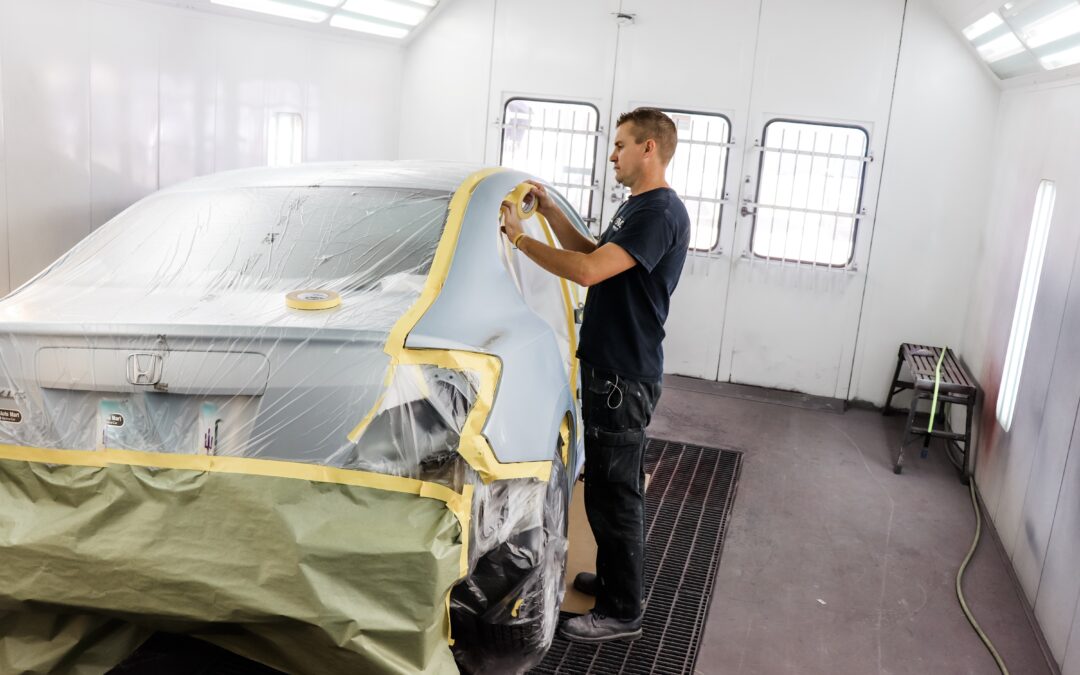While a percentage of collisions result in vehicles needing to be totaled due to unrepairable damage, many more get sent to auto body repair shops to be repaired to pre-accident glory. Every vehicle that’s been in a collision however can present the body shop with an exceptional challenge and this is where understanding the technology behind vehicle building, knowing about manufacturer repair specifications and repair techniques, and being up to date with the types of materials used in modern vehicle manufacture, is vital. This in fact is what auto body repair technology is all about.
Advancements in vehicle technology, as well as growing automotive knowledge have led to a gradually more diverse car manufacturing industry as vehicle manufacturers utilize different materials, new technology and design principles. Differences between make, build, design concepts and construction materials have made auto body repairing a much more multipart and diverse business than what it once was. Gone are the days of the old one-vehicle, one-repairer system because not only has the sheer number of vehicles now coming through the repair shop industry made this unusable in practice but the technological complexity of new vehicles has also encouraged specialization on the shop floor.
Enter the assembly line, which allows repair shop experts to specialize or focus on one type of repair i.e. fixing doors, removing and installing glass, painting and so on. Recent vehicles typically include a range of materials – steel, metal alloys, aluminum and plastic. There are even car bodies made of fiberglass. Each of these types of material combinations needs an exceptional repair approach and this is where training, either on the work, or through educational institutions, becomes imperative.
Common Auto Body Repair Processes
Broken frames are common after auto accidents but these can be fixed with the utilization of special hydraulic powered arrangement tools that straighten the frame and realign the broken parts. For unibody vehicles, which are vehicles with no frames, it’s particularly important they be realigned, to the exact fraction of an inch, to factory specifications.

